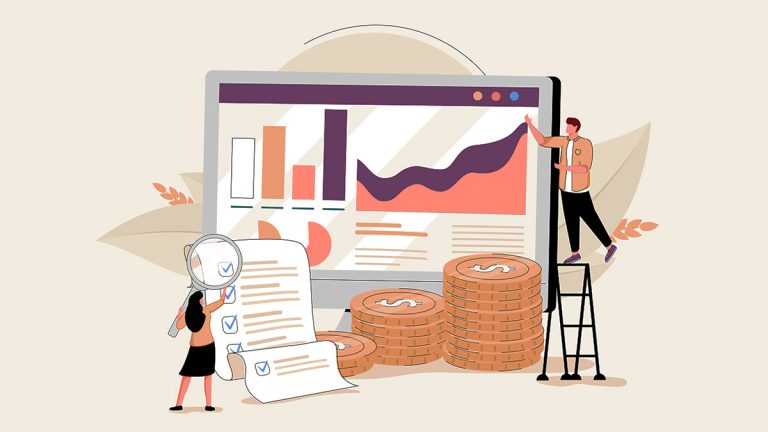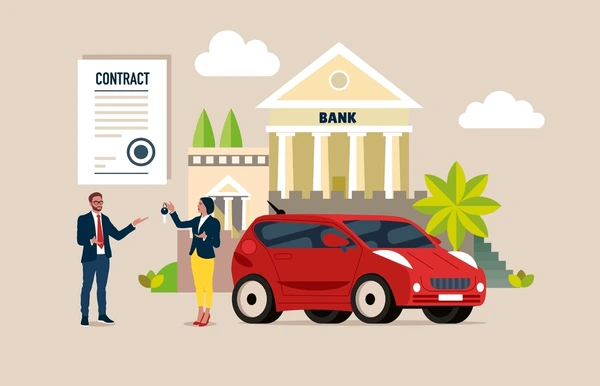The decision to get your General Educational Development (GED) certificate as an adult is a step towards a brighter future. For many adults, the GED offers a second chance at realizing educational goals and setting the stage for better career opportunities. If you’re considering this path, it’s natural to have questions and perhaps some reservations. This comprehensive guide is designed to provide clarity and serve as your roadmap to obtaining a GED.
Understanding the GED
The GED is a series of tests that, when passed, certify that the test-taker has United States or Canadian high school-level academic skills. It is an alternative to the traditional high school diploma and is recognized by most U.S. colleges and employers.
Who Is Eligible for the GED?
The GED is intended for individuals who did not complete high school and are at least 16 years old. However, age requirements can differ from state to state, so it’s vital to check with your local GED testing service.
Why Pursue a GED?
Obtaining a GED can open doors that were previously closed. It can be the key to:
- Gaining employment or securing a promotion.
- Increasing earning potential.
- Enrolling in college or career training programs.
- Setting a positive example for family and friends.
Preparing for the GED
Knowing the Test Components
The GED comprises four subject area tests:
- Mathematical Reasoning: This test focuses on quantitative and algebraic problem solving.
- Reasoning Through Language Arts: This tests reading comprehension, writing skills, and editing.
- Social Studies: This area examines your understanding of economics, government, history, and geography.
- Science: This test evaluates your knowledge of life science, physical science, and earth and space science.
Each test section is scored separately, and you don’t need to take all four tests at once. Flexibility in scheduling means you can plan your testing around your personal and professional life.
Study Resources and Classes
- Official GED Practice Tests: Available online, these can give you a feel for the test and identify areas you need to study.
- Adult Education Centers: Many offer free or low-cost GED prep classes.
- Online Resources: Websites and online courses can provide valuable study materials and practice exams.
- Study Guides: Books and guides can be purchased online or borrowed from local libraries.
Studying for the GED is about quality, not just quantity. Understanding concepts, rather than memorizing facts, will prove more beneficial in the long run.
Tips for Success
- Set a Schedule: Consistency is key, so create a study timetable that fits into your normal routine.
- Confidence is crucial to your test performance. Keep practicing until you feel ready to conquer each section.
- Seek Support: Don’t be afraid to ask for help from teachers, online forums, or study groups.
Taking the Test
You’ll need to register for the GED test through the official GED website. Tests are usually taken at approved testing centers under supervised conditions to ensure security and authenticity.
On the Day of the Test
- Arrive early to the testing center with the necessary identification.
- Make sure you’re well-rested and have eaten to maintain your energy and focus.
- Use relaxation techniques if you feel nervous; deep breathing can be very helpful.
After the Test
Receiving Your Scores
Test results are often available within 24 hours after testing. If you do not pass one or more sections of the GED, most states allow retakes after a waiting period, often with discounted fees.
Your Next Steps
Passing the GED is a significant accomplishment, but it’s not the end of the road. You now have a foundation to:
- Enroll in higher education courses.
- Explore new career paths.
- Pursue specialized training or certifications.
Earning your GED as an adult is a commendable ambition that reflects your commitment to lifelong learning and personal development. Remember that the path is as individual as the learner and there is no single right way to prepare for or succeed in obtaining your GED.
Believe in yourself and recognize that with diligent preparation and a dedicated mindset, the benefits of obtaining a GED will far outweigh the challenges. Take that bold first step towards unlocking new opportunities, and put yourself on the pathway to the future you deserve.
—
Before you go, here are a few takeaway points:
- Be Informed: Make sure you understand the requirements and format of the GED in your state.
- Be Prepared: Use the myriad of resources available to prepare effectively for the exams.
- Be Confident: Trust in your abilities and the effort you’ve put into studying and preparing.
- Be Persistent: Even if you don’t succeed on the first try, know that most people don’t pass every section on their first attempt—keep trying!
Good luck on your GED journey!









